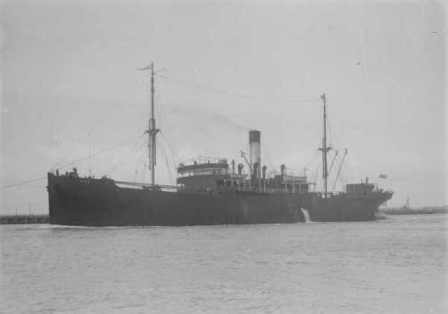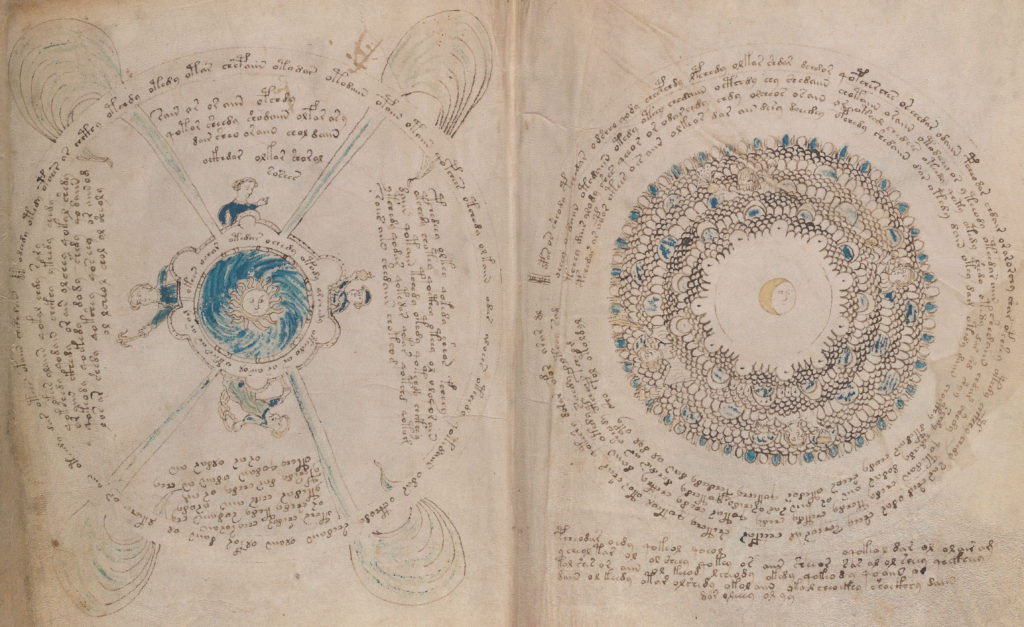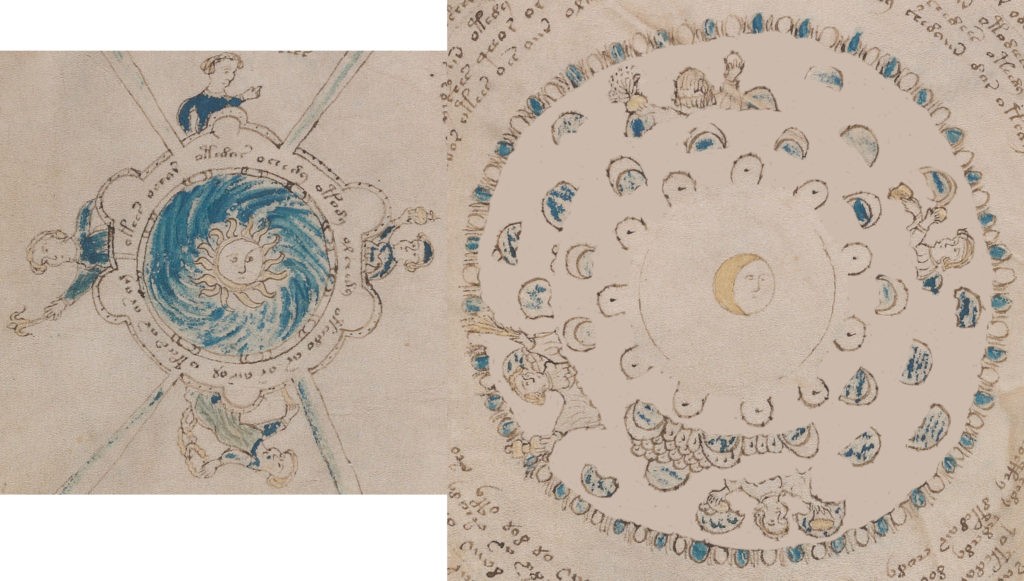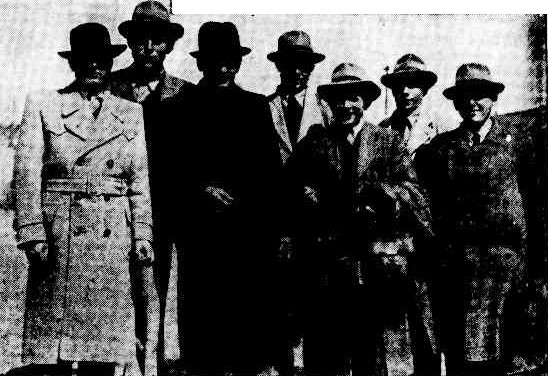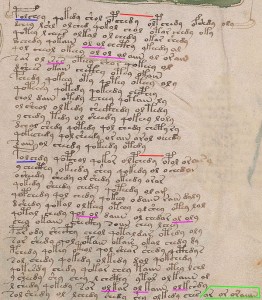Various Somerton Man bloggers and commenters seem to have got a bit feverish about “Clinic Distributors”, some even suggesting that it might be a euphemism for a clinic dealing with sexually transmitted diseases.
Let’s take a closer look at the constellation of ads placed in the Adelaide Advertiser by the Thomsons between 1947 and 1949 to see if we can reduce the temperature and get a bit more clarity…
Trove Adverts
Trove holds plenty of small ads placed by Prosper Thomson. The one from 1st March 1947 mentions “Clinic Distributors”, and dates to a specific period when he was looking to buy a sedan to start an out-of-town taxi business:-
MORRIS 10 h.p. saloon. Series M. 1940. same cars now selling as 1947 models for £635. This car has just been rebored, crankshaft ground, all bearings renewed, brakes relined. king pins replaced, and is definitely equal to new car and represents rare opportunity to acquire most popular sedan. Doing approx. 40 m.p. gal of petrol. We require large sedan or coupe, like Chev., Dodge or similar, suitable country traveller, on exchange basis. NSPR of Morris £298. genuine NSPR deal. See Mr. Thomson. Clinic Distributors. 200 Hindley st, business hours.
Though it has to be said that Thomson also placed a separate ad for this kind of car under his middle name, linked to GPO Box 1009J, e.g. 26th March 1947:-
WANTED urgently, tourer or roadster, by ex-serviceman, commencing business, utility will do, cash £75 to £150. Will inspect. McTaggart, Box 1009J. G.P.O.
Anyway, if we trace 200 Hindley Street forward to early 1949, we find other items for sales, e.g. 5th April 1949 and 6th April 1949:-
PAIR of binoculars. 200 Hindley st, City between 9 a.m.-5-3O p.m.
However, what seems to be the most likely explanation for all this is that 200 Hindley Street also appeared in a 3rd January 1948 job ad for Oilene Suprema Pty Ltd (a Melbourne hairdressing supply company that sold machines and supplies for steam perms etc).
LADIES’ Hairdressing Supply House requires Junior shorthand-typiste; also boy for store; 5-day week. Apply 9-10 Monday, 5th. Oilene Supreema, 200 Hindley st.
Hence my guess is that this was the city address of a hairdressing distribution company called Clinic Distributors (i.e. selling to ‘hairdressing clinics’), and that Thomson had some connection with the people working there.
Might it be that George Thomson and/or Jessica (soon-to-be) Thomson worked for Clinic Distributors at 200 Hindley Street around this time, and so used the company’s address for their small ads? It might be possible to check this: something to think about, anyway.
Other Adverts
Here’s another small-ad sale from 13th May 1948, this time with an evening telephone number L8409:-
ENGLISH cloth dress suit, as new. fit 36 in. chest. Inspect 200 Hindley St. 10-5. evening ring L8409.
Another small ad from 17th June 1950 uses the same phone number:-
AUSTIN Panel van, 1940, good order, £275. or near offer. Inspect week end, 4 Marlborough street, Henley Beach. L8409.
…and with the same address…
A.J.S. 1935 2 1/4 h.p, good condition. £35. Specialty Motor Cycle Repairs. 4 Marlborough St.. St. Peters, F5640
…and with the same address and number on 24th January 1948, but in the name of ‘Spicer’…
SPORTS racer, 2-seat Bugatti-Nash for sale; NSPR £270; accept £200. Ring. F5640. Spicer. 4 Marlborough st, St. Peters. Inspect this morn.
I’m don’t know whether or not this strand is connected to the Thomsons (I suspect it isn’t), but I thought I’d mention it anyway, having followed the trail so far. Perhaps a Cipher Mysteries reader will know the answer, they usually do. 🙂
The Broken Hill Connection
Interestingly, thanks to the diligent work of researcher Barry Traish going through Trove small ads, we can place George Thomson and his sedan taxi in Broken Hill in the second half of September 1948, vis-à-vis this ad in The Advertiser Wednesday 15th September 1948:-
NEW sedan leaving for Broken Hill Sunday, 3 seats, n/c. Phone X3239
Thomson then seems to have sold (or at least tried to sell) his sedan when he got back from Broken Hill (25th September 1948):-
VAUXHALL 12-h.p. sedan, new, 1948 model, mileage, 1,200. equipped radio and seat covers, exch. for sedan suitable for taxi, 1940 or later, G.M. or Chrysler product preferred. This is a genuine deal, based on new price both ways. No dealers, all genuine replies considered. Write, call or phone Thomson. 90a Moseley st., Glenelg. Phone X3239.
However, Thomson was not licensed to work as a taxi within the town, because he was also fined around this time for having done so (back in August 1948):-
Civil Sittings
BEFORE MR. L. E. CLARKE, SM:—
Drivers Charged.—Carrying passengers for hire in the city on August 26. while not being licensed by the City Council, cost Prosper McTaggart Thomson, of Moseley street. Glenelg. £2, with £1 19/ costs.
Mr. S. J. Jacobs for defendant.
…all of which surely explains why his ads specify “country trips, day tours, weddings &c”.
Prosper’s Rifle Advert
I’ll just paste this here for completeness: The Advertiser Saturday 18th June 1949
WANTED TO BUY
RIFLE, automatic Winchester, model 63 or similar, for cash. Thomson 90A Moseley st., Glenelg. X3239
Enough said for now! 🙂
